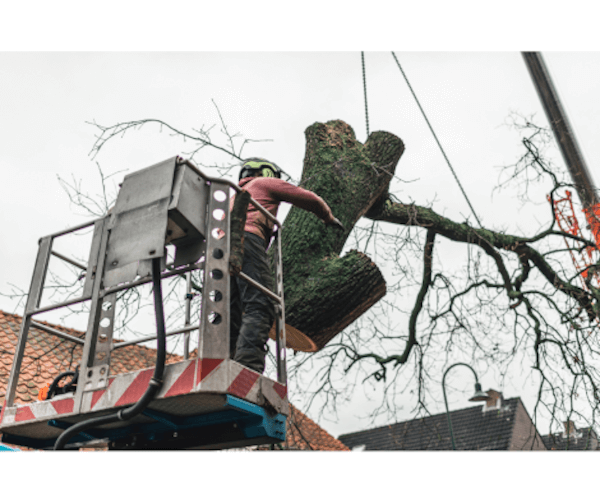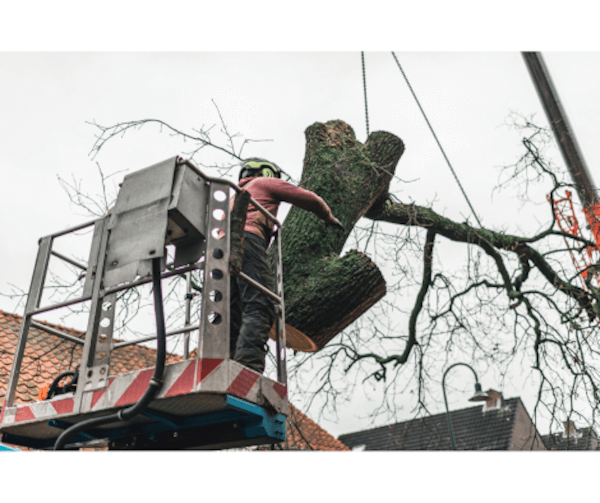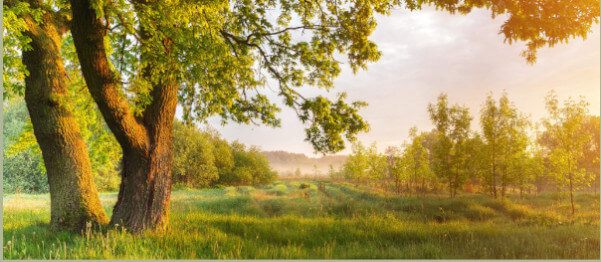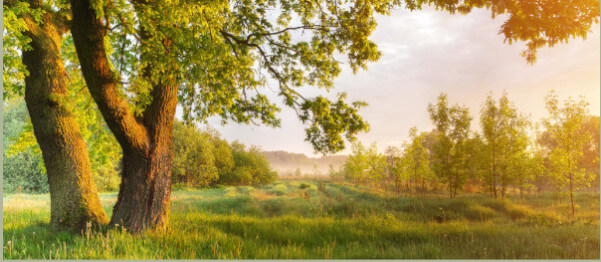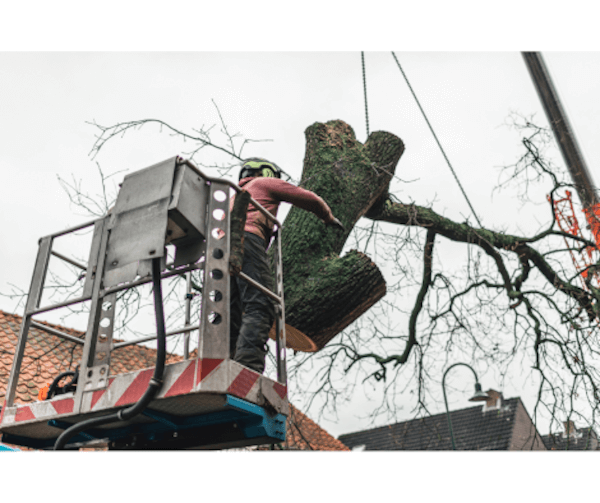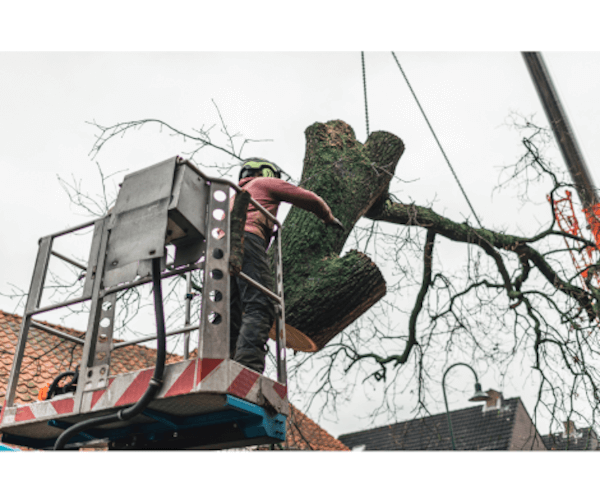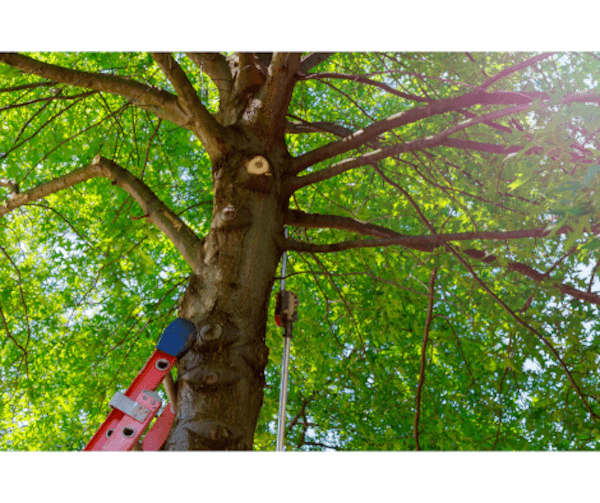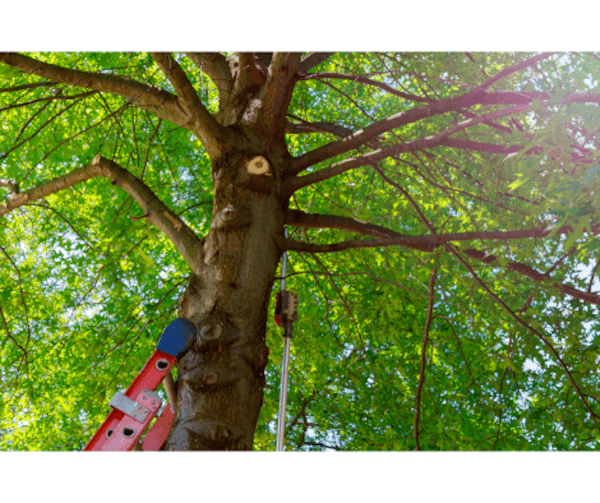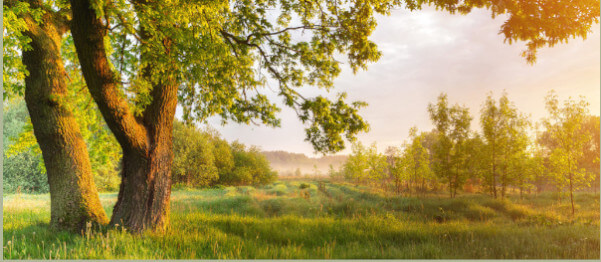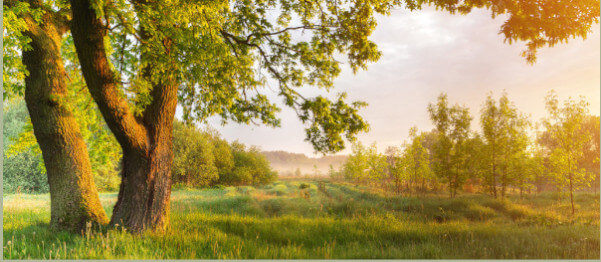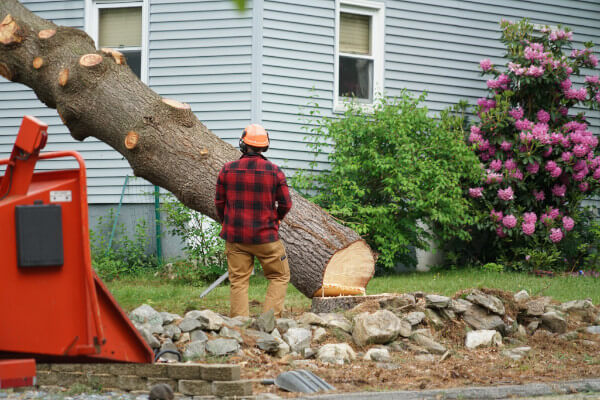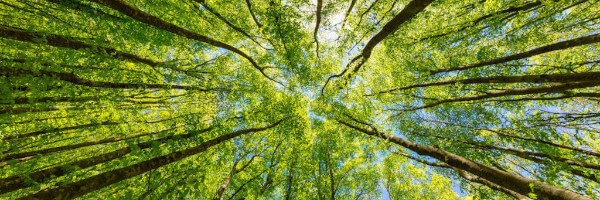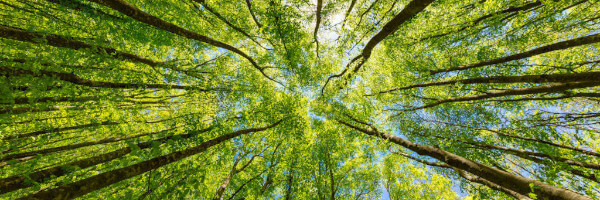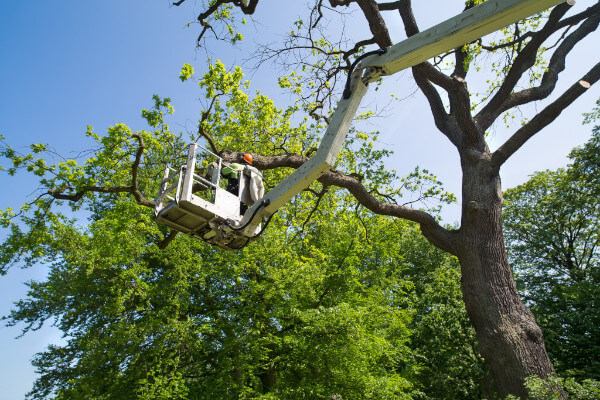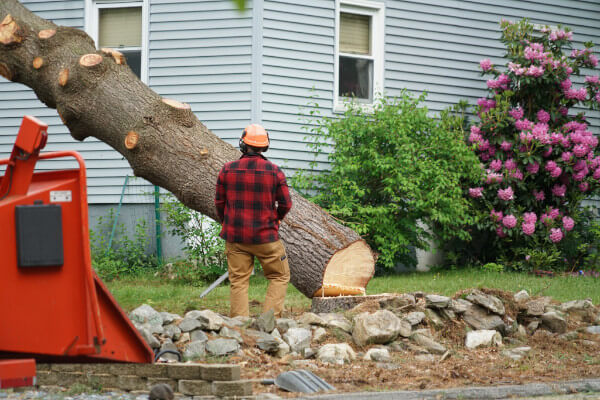
When Is the Right Time to Remove A Tree?
What if you had a ticking time bomb in your garden?
That is what it can feel like when deciding to remove a tree. Few homeowners know the right time to remove potentially dangerous or unwanted trees. if you wait too long, or go about removing it the wrong way, you can cause some serious damage.
So, when is the right time to remove a tree, and what is the safest way to do so?
Continue reading to discover the answers!
Threats: When to Remove a Tree Right Away
Many different factors determine when you should remove a tree. But it is arguably most important to know when you must remove unwanted trees ASAP.
Generally speaking, you should have trees removed right away if you can see that it has any upheaving roots. It is always important to remove trees that are leaning because if they should fall, this may pose a significant risk to your home.
And even if it does not look like it could hit your home, beware of trees that might pose a risk to other structures (like storage sheds or even your neighbour’s home). If the tree looks like a threat, it must be removed right away.
Remove a Tree That is Infected
We have established that you need to remove trees right away that pose a real threat. But that threat is not always as obvious as a leaning tree. Sometimes, the threat comes in the form of infection.
If you notice that a tree has some kind of infection or disease, it is important to remove it right away. Why? Because left unchecked, the afflicted tree might spread infection or disease to other trees.
The trick is to recognize these infections and diseases before it is too late. If you cannot spot something like oak wilt or emerald ash borer, then the damage may be done before you realize the tree needs to be removed.
The Best Season to Remove a Tree
We have covered the situations where you need to have a tree removed ASAP. But if the tree you want to remove isn’t diseased, infected, or posing a risk to a building, then when do you need to take it down?
If you do not mind waiting, it is generally best to remove trees during a dormant season. This is the period between late winter and early spring, and it is easier to remove trees during this time.
Why? At this point, the tree will have shed its leaves and will be much lighter and easier to move. We still recommend that you hire a professional (more on this in a bit) but removing trees during the dormant season makes the whole process easier and more efficient.
Busting a Seasonal Myth
Some homeowners are shy about hiring tree surgeons or other professionals because they want to save a bit of money. And that brings us to another major question: is there a time of year that it is always cheaper to have trees removed?
Despite popular belief, the honest answer to this question is “not really.” Typically, professionals charge you based on many factors that have little to do with the season or time of year. This includes things like the type of tree, the size of the tree, and the tree’s location.
If I wait until the dormant season will it speed up the process? Probably. But it is not necessarily going to be much (if at all) cheaper to remove a tree during winter than during summer.
lternatives to Removing a Tree
If you are reading this, then you have got removing a tree on your mind. But it is important to figure out whether you need to remove the entire tree or simply prune it.
For example, you may want to remove a tree because unwanted branches are now hanging down and scraping your car in the driveway. But professional pruning can take care of the tree branch while still leaving the tree standing.
It is possible to do some light pruning work on your own. However, aggressive pruning can cause damage to the tree. For best results, we recommend hiring a professional tree surgeon.
You can have a tree pruned most times during the year. But you should try to avoid any pruning of a tree right after its spring growth period because this causes stress and damage to the tree.
Truly Delicate Work
When we talk about pruning a tree, you might think that this is easy and simple work. However, the entire process is more complex and more delicate than you might have previously imagined.
First, you need to have the right tools. Many homeowners do not already own proper tree-pruning tools. And if you use the wrong tools, you might end up damaging the tree.
Second, you need to understand the important differences between the trees. Some types of trees (like conifers) will need almost no pruning while others will need constant care throughout the year.
Finally, you need to understand the way different trees react to pruning and the risks this may pose. Some trees bleed sap during pruning, and this poses a potential risk of infection to the pruner as well as the tree.
Why Hire a Tree Surgeon?
We have mentioned the need to hire tree surgeons for things like pruning and tree removal. But what is it that makes hiring a tree surgeon worth it?
Such surgeons already have all of the tools and equipment they will need. By hiring their services, you save money on buying many tools of your own. And you do not have to worry about storing those tools all year round.
Tree surgeons also have the experience to do the job quickly and efficiently. And they know enough about local laws and ordinances to remove your tree in a way that does not put anyone in legal danger.
Finally, tree surgeons understand tree health. They know how to prune trees without harming them and how to remove diseased trees without endangering other trees.
Your Next Move
Now you know when to remove a tree. But do you know who can help you do it?
We specialize in tree pruning, tree removal, tree lighting, and so much more. To see what we can do about your trees, come request a free quote today!
Article was written by Conner D.
Article Source: https://www.graftingardeners.co.uk/remove-a-tree/
